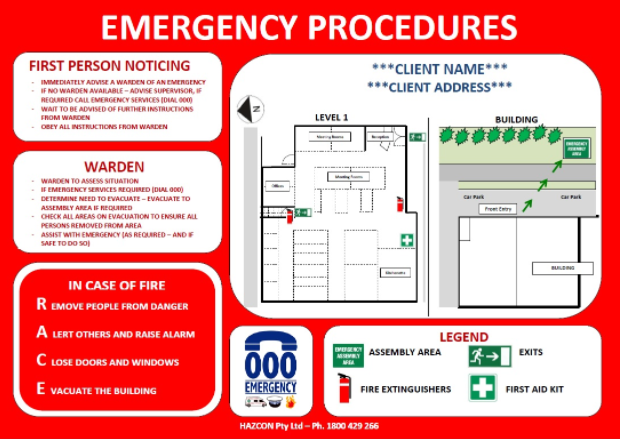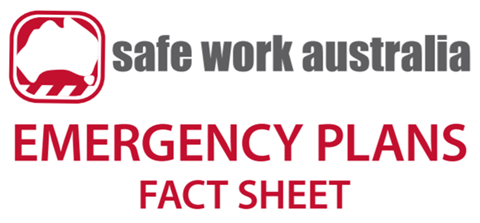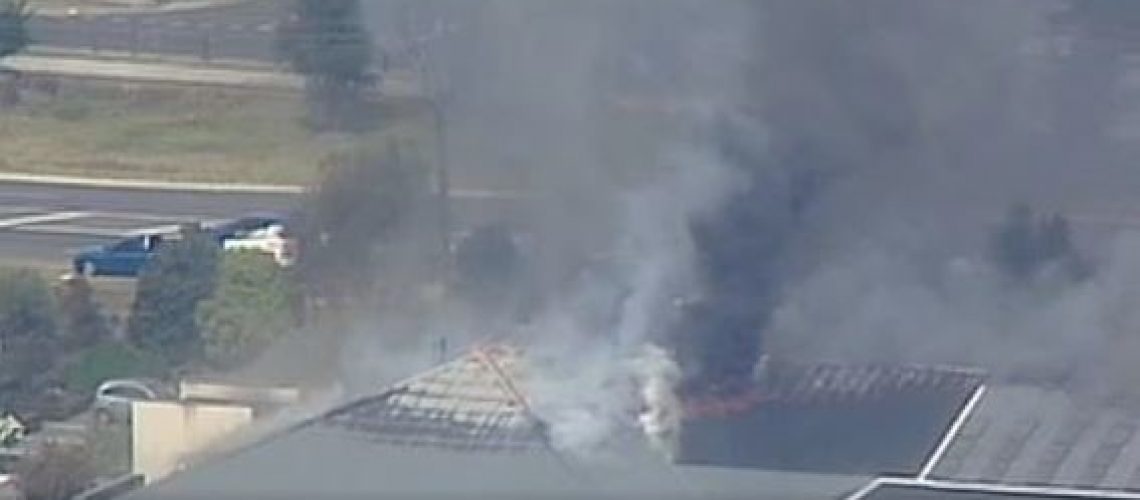Often when considering emergency planning in villages there is a tendency to focus on fire, and in particular bushfire.
How would your village, and importantly your residents, respond to any of the following events?
- Gas Leak
- Gunman on site
- Live electrical wires
- Flood
- Explosion
- Medical Emergency
- A sewer flooded your village; or
- Natural disaster that may leave your community without power, water or phone access
In my time in villages, I have had to deal with ALL of these emergency situations, and often remotely. So, I have learnt the importance of having robust and regularly reviewed emergency plans in place that go far beyond having an evacuation diagram on the wall in the community centre.

Easy ‘must do’s’
It is not hard to prepare the basics of an Emergency Plan, and you will feel so much better when you have built the bones because you now will not be caught out at a time of stress.
Ideally your Emergency Plan should address:
- Emergency contact details for key people who have specific roles or responsibilities under the Emergency Plan, for example fire wardens, & staff
- Contact details for local emergency services
- A process for alerting residents, for example a siren, whistles, telephone calls and door knocking
- Evacuation procedures including arrangements for assisting any hearing, vision or mobility residents
- A map of the village illustrating the location of fire protection equipment, emergency exits, assembly points
- Triggers and processes for advising neighbours who may need to respond as well
- A post-incident follow-up process, for example notifying the regulator, organising trauma counselling or medical treatment
- What should be in and where should an emergency steel box be located with high vis vests, torches, battery operated radio, first aid kit, manuals, instructions, updated resident phone list, etc and where should it be located?
After the emergency
In my experience you should also consider adding information that addresses:
- What is the process to communicate with residents it is OK to come back to the Village?
- What plans need to be actioned in the event the power, phone or water is to be cut off for days?
- What is the relocation process in the event the home or homes are not habitable or accessible?
WH&S, legislation, ARVAS and insurance
Having an Emergency Plan, engaging with it and reviewing it is not only a Work Health & Safety requirement for your employees, it is also a new requirement of the NSW Retirement Villages Act and a requirement of the ARVAS scheme.
It may also be a requirement or expectation of some insurance policies and of course would be seen as sound governance and risk management by your Board.

If you have not started this process, I would recommend you engage with an industry professional such as ESGA or First 5 Minutes, who both presented at our September Professional Development workshops.
They are not only familiar with the requirements of emergency plans but also the idiosyncrasies of Retirement Villages.

However, if you would like to get a head start or review your current plan perhaps use this great emergency plan fact sheet tool checklist from Safework Australia as a guide.
Emergency Planning is a topic in our September PD days. Keep an eye out for the recording of our recent webinar in the DCMI Knowledge Centre, available at the end of the month.

